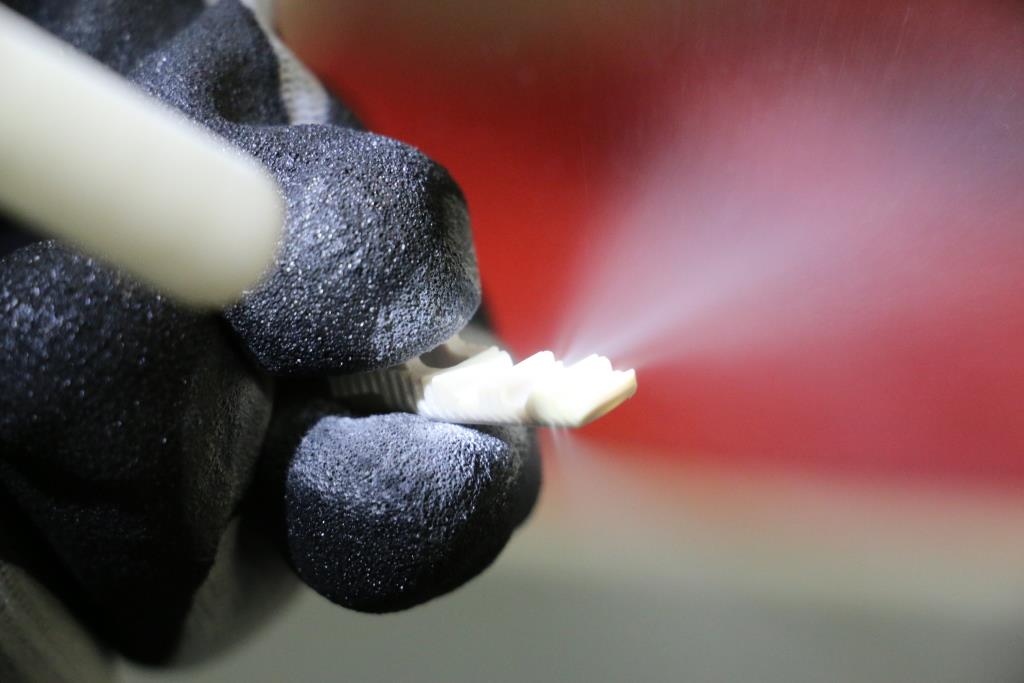What’s the difference between dry ice deflashing vs. cryogenic deflashing? Both are used to remove mold flash from plastic or rubber parts. Dry ice deflashing uses compressed air to propel a stream of solid carbon dioxide (dry ice) particles that blast away surface defects. Cryogenic deflashing uses gaseous nitrogen to freeze parts so that mold […]





